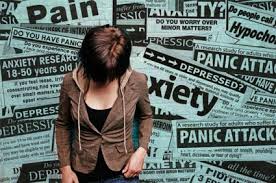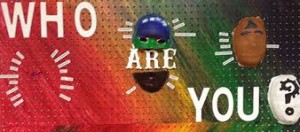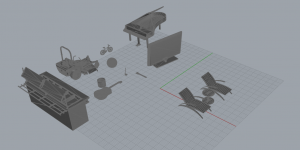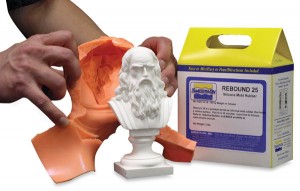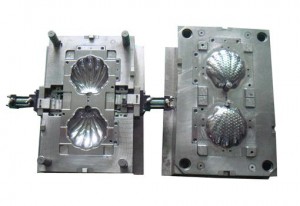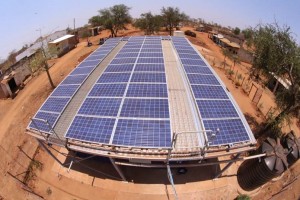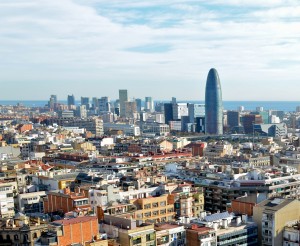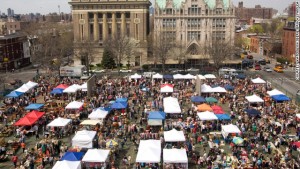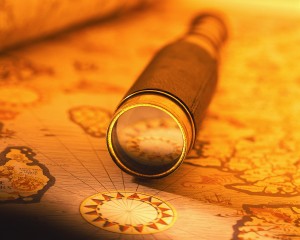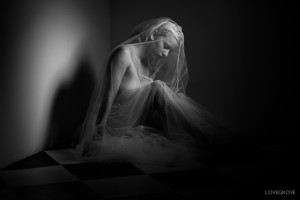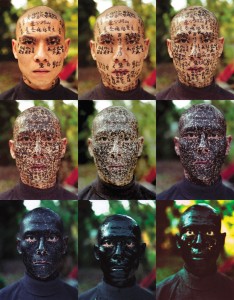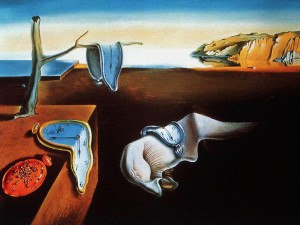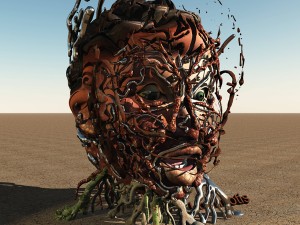What question/problem did you choose?
Fashion involves change, novelty and the context of time, place, and a wearer. In today’s world, there is an expected dress attire based on one’s environment. High fashion for example, now incorporates technology and scenes to re-evaluate the conventional methods of garment construction, by trying to push the boundaries of digital fabrication in this luxury market. There are dress codes based on one’s environment that are only ‘acceptable’ for that brief place, gender, or period of time.
Why did you choose this topic and why does it matter to you?
I chose this topic because I am fascinated in the relationship between the designed product and how it is distributed and consumed. This product is clothing and its unique existence in each era and the time of day/activity for each attire is an interesting phenomenon. Especially on our campus at Bucknell, there is an assumed dress code to each daily activity that has its time and place such as what one wears to the gym, what one might wear out on a Saturday evening. or even to class. Why we dress this way tells something about our identity, and yet there is an interesting paradox because it is also one of conformity. There is a duel tendency of conformity and individuality, as one of self-expression and yet at the same time from dressing similarly to others. Over the course of history, our attire and the specific dress codes have provided an identity as both an emblem of hierarchy and as an equalizer of appearance. I believe dress code includes expression of fundamental aspects of age, status, fashion interest and occupation; and when juxtaposed in an unexpected time period or space could create a powerful statement.
Give some details on the question/problem – explain it in depth.
This question of our cultural fashion trends that are reflective of a time and place and come with tremendous gender stereotypes. The critical gaze of the knowing observer shows how our appearance is something recognized, studied, and emulated. By looking back at our history of fashion, there have been significant differences in gender roles and fashionable appearances of men and women which have changed. These interpretations of male and female ideas are a visual and literary interpretation of the human body. For example, the male has been associated throughout dress of one with significant proportion, strength and nobility, whereas the female’s attire was typically more delicate, colorful, and more petite in size.
In my final project, I want to create a sense of movement, that these are all flowing scenes like that of a the fashion trends that trickle up and down through several historical influences. The flow of fashion trickles from one element of society to another, that either moves down depending on the hierarchical society and social mobility, or trickles up in movement that originated from lower-income groups and moved up towards couture. This flow however has a paradox in defining the ancient and contemporary by referencing the past and representing the present.
List out 10 tangible places/people/things that are associated with your question/problem.
1. Paris, France
2. 1920’s art deco
3. Geometric fashion objects/accessories (jewelry:Elsa Peretti)
4. Places of formal dress- ballrooms, courts, restaurants
5. Feminine: size, delicacy and color
6. Masculine:proportion, strength, nobility, grace
7. Unexpected spaces
8. Rococo period–>modern architecture
9. Preppy Handbook
10. Coco Chanel
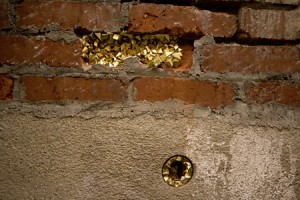
Geode 6 & 7, Daily Dose DTLA
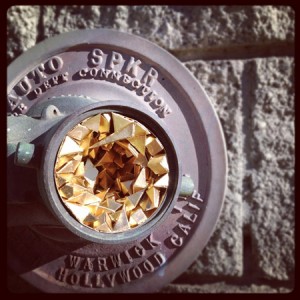
GEODE #2, 805 TRANSACTION AVE, ARTS DISTRICT
Artist: Paige Smith
Inspiration: Takes made geometries and hides them in obscure, natural spaces. There is an interesting juxtaposition in two elements that are typically not seen together. I am going to use this idea in my fashion scenes and construct scenes representaive of time period and fashion trends that are typically not expected with one another. Smith says in her artist statement “Geodes are formations made and found in nature and my process of using manmade materials and placing them in major cities concurrently signals the tension between nature and industry and celebrates the beauty of urban space. My work is infused with a magical realism that encourages us to pause, to discover, to be present and to find beauty in the mundane.”
Inspiration board:

